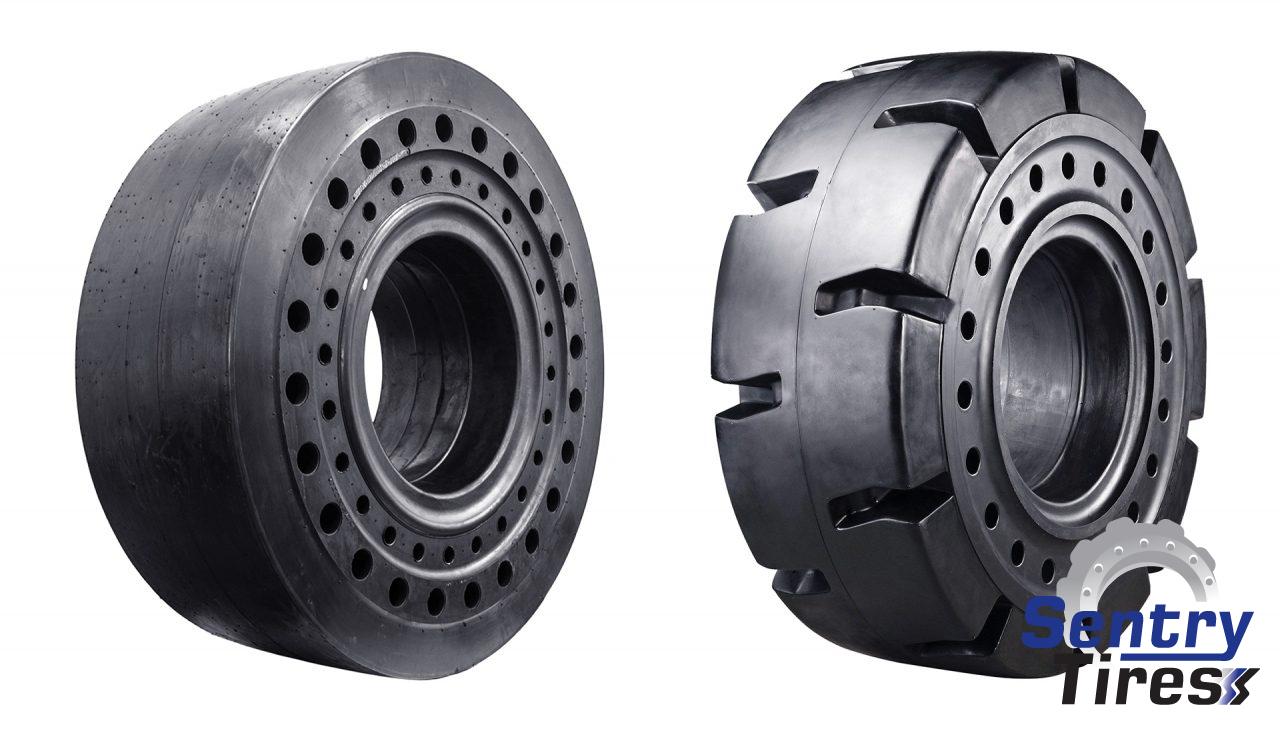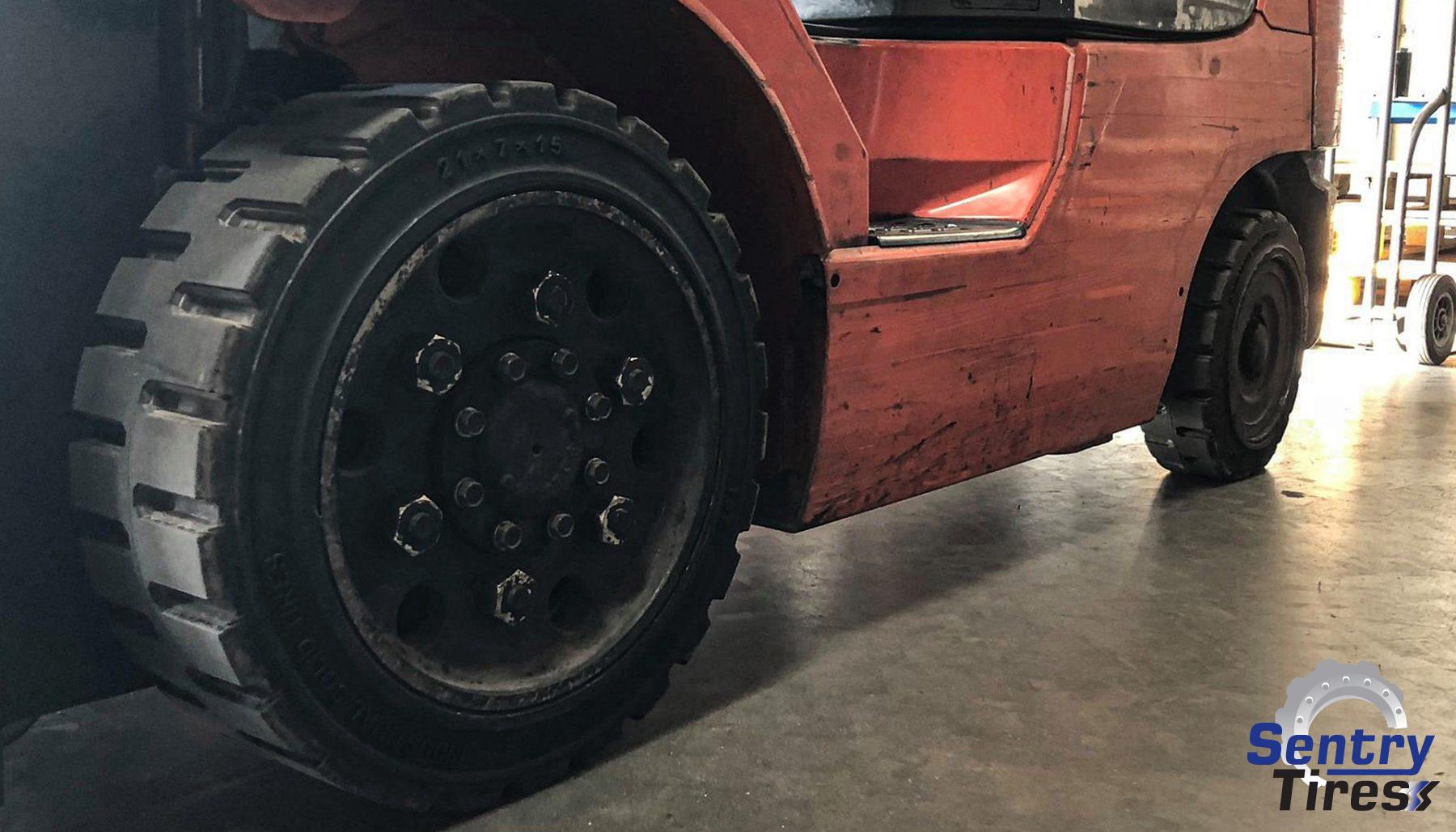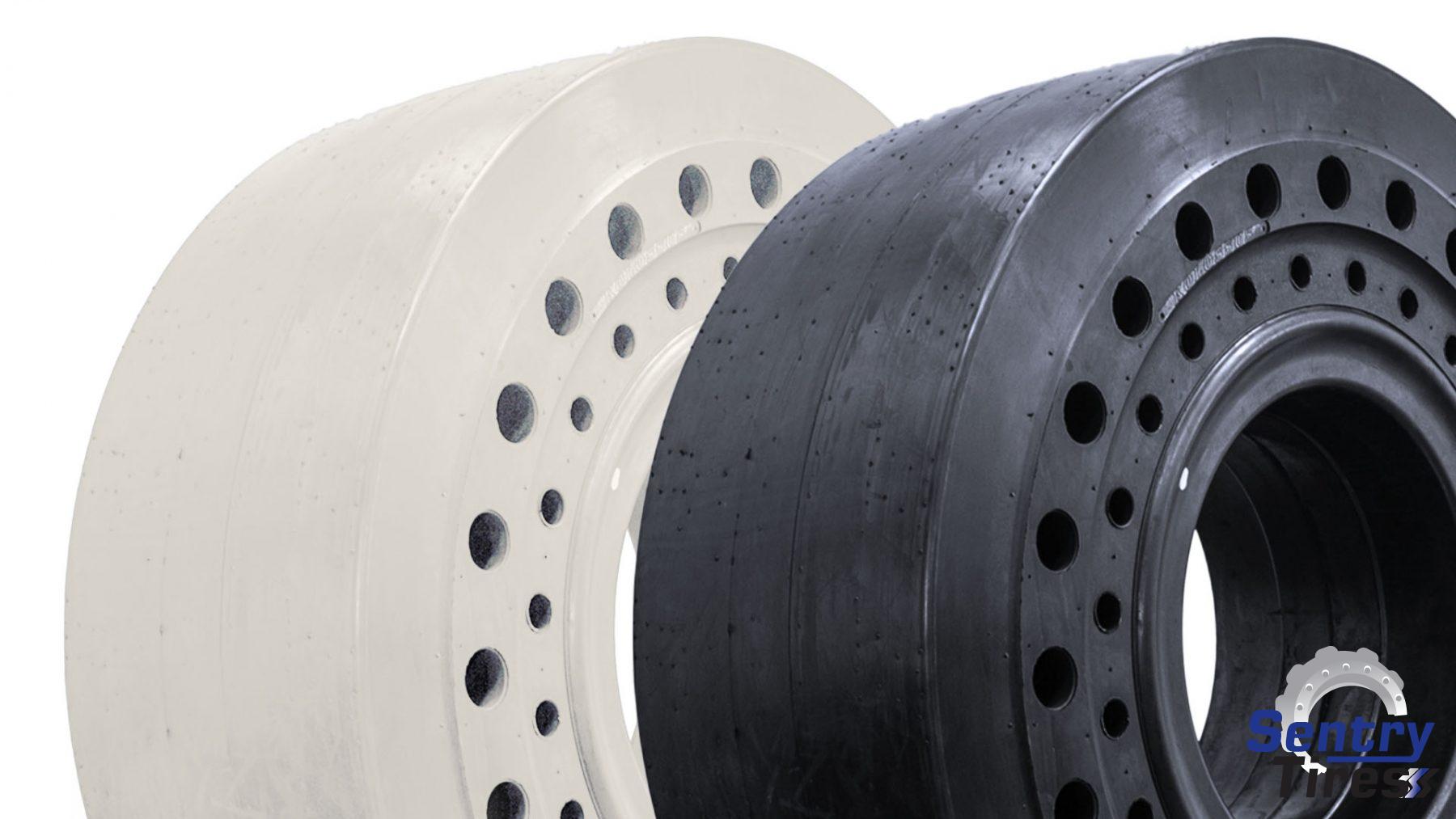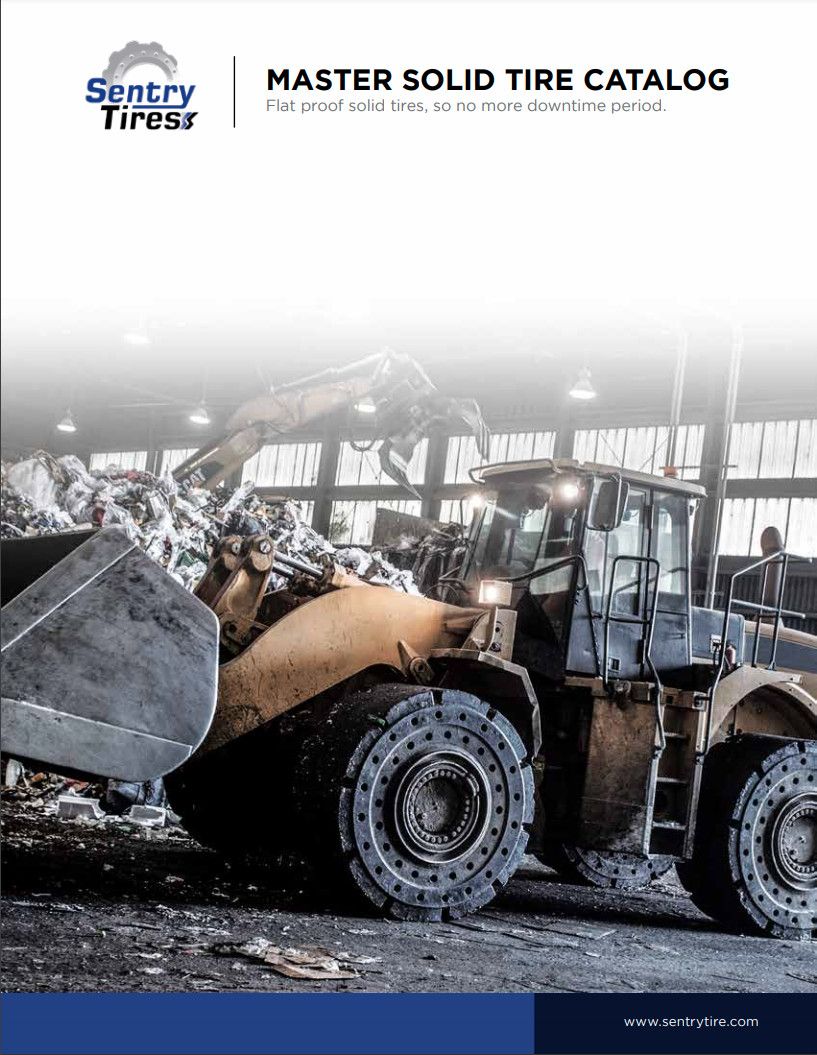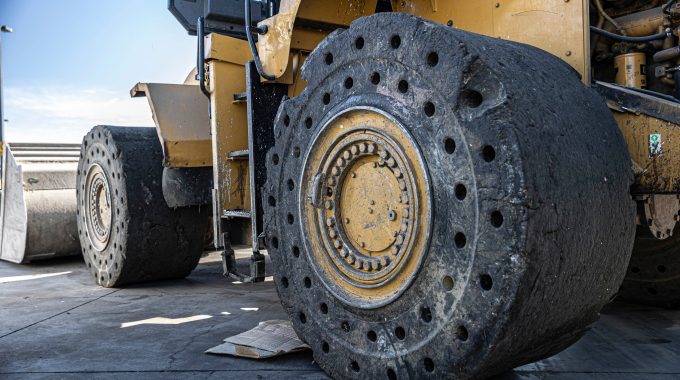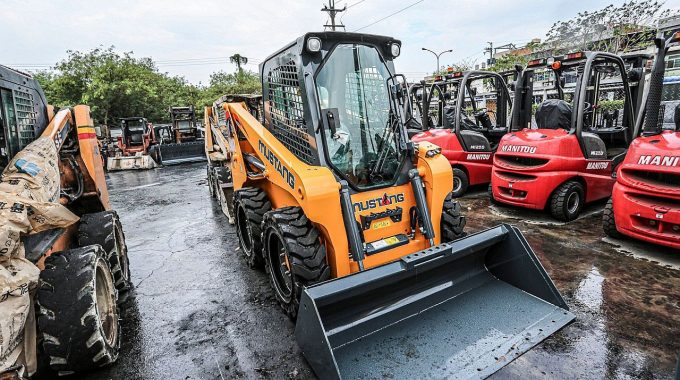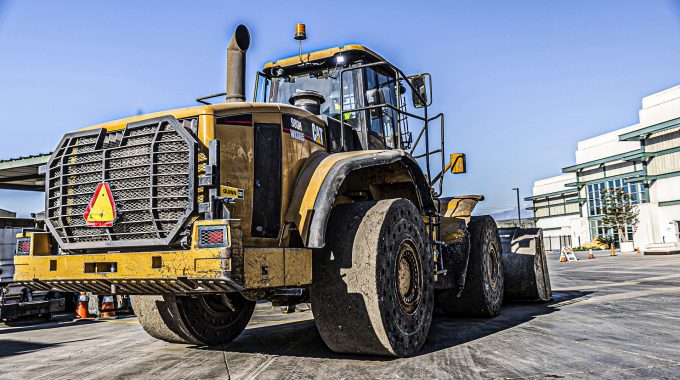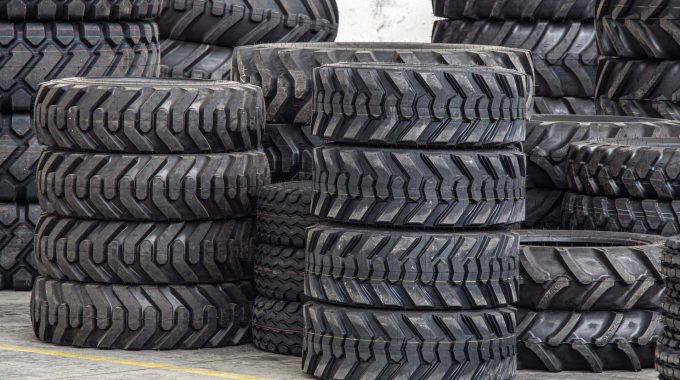
sentry tire
Smooth vs. Traction Tires Explained
May 20, 2025
Not sure whether to choose smooth or traction tires for your equipment?
This quick guide breaks down the pros and cons of each to help you make the right choice for your application.
Smooth Tire
Advantages
- Wider footprint for more machine stability
- Less “debris” gets stuck in the tread grooves
- Ideal for indoor applications where distance to travel is shorter.
- No tread can potentially create a softer ride depending on the application and
surface.
Disadvantages
- The tire cost is higher
- Longer curing times
- More susceptible to under curing
- More rubber so the tire is heavier.
- More heat builds on the tire since there are less areas where heat can escape. In
turn, it increases the potential of tire failure - Heavier tire means more wear and tear on the machine.
- No tread can potentially create more tire slip. which can lead to premature wear.
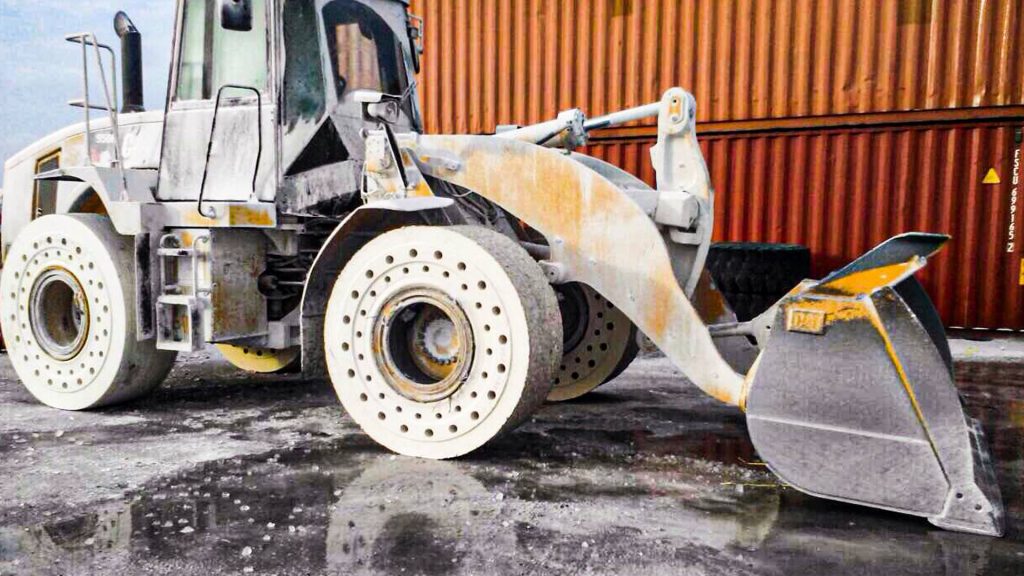
Traction Tire
Advantages
- Tire grooves allow for better traction in outdoor applications.
- Tread also allows for better traction on more uneven surfaces
- Heat release features are better since there are more areas for the heat to escape.
- Lighter tire compared to smooth for less wear and tear to machine
Disadvantages
- Debris can get caught inside the grooves.
- Slightly bumpier ride if going longer distances
- Tire can potentially wear quicker indoors, smooth and flat surfaces.

View our Solid Tire Catalog
Related Sentry News

